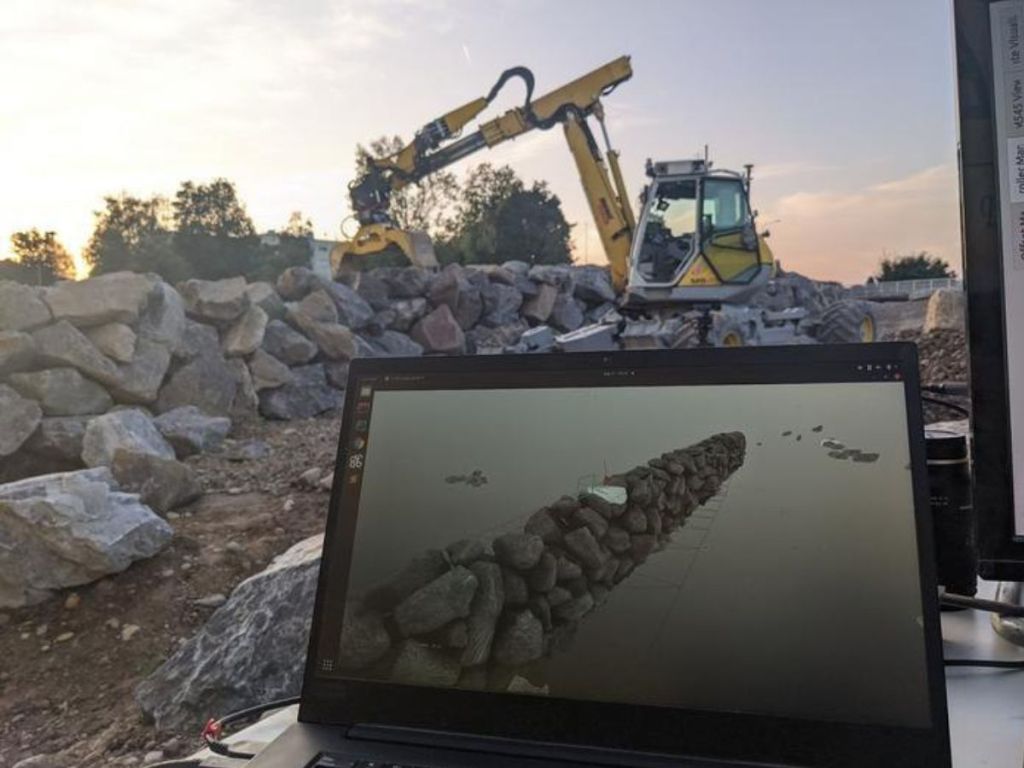A dry stone wall robot can now build a retaining wall using stones that it fits together, without humans. And it uses rocks that it has dug up from the site.
Yep, it’s a robot that can detect rocks already under the ground by scanning the property first. This saves having to buy new ones and carting them in.
For anyone building a pool on a slope (me) you will probably have to face the mammoth task of putting in a retaining wall, or rebuilding the one you have. This means that the date of your pool going in (by Christmas PLEEEZE!) can be pushed back until you have your wall in place.
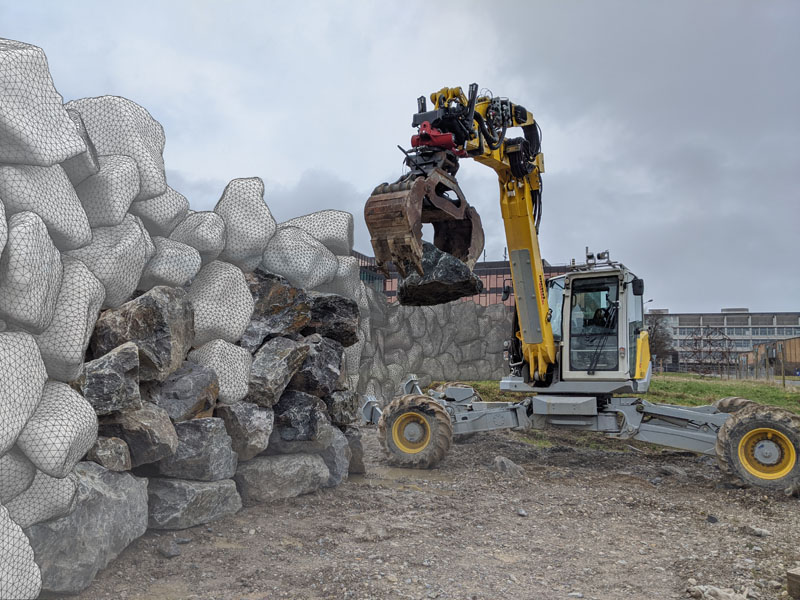
Interestingly, as I searched madly for a wall builder, the dry-wall-building robot news broke. Come on over, robot, I need you to build me a wall, it’s so damn hot!
How does the dry stone wall robot work?
Once dug up, this robot beast looks at all the stones and works out the best way to fit them all together, like a puzzle. So if you are a dry stone wall builder, you may want to get this robot into your arsenal of tools.
Stone walls, or dry stone walls have been used since the dawn of civilisation. These walls have survived the test of time. They just keep being walls, sometimes for thousands of years.
The oldest dry stone walls in the world are in Ireland. They have been carbon-dated to 3800 BC. While buried when they were discovered, they were dug up, and today still stand in their original position all these years later.
And of course, the Egyptian pyramids and Peruvian temples are also made from dry stone construction. Those aliens that built them surely had this robot working for them.
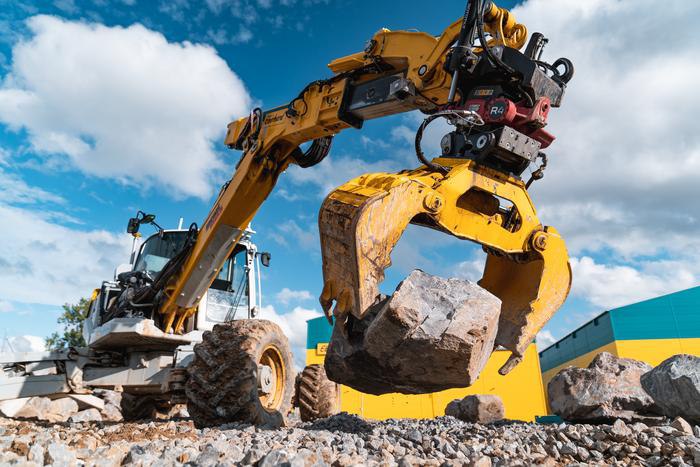
Dry stone walls don’t use glue or cement. They are made by carefully stacking stones on top of each other, creating a strong and stable wall. They survive longer than normal walls because water can pass through them, meaning they still stand after freezing, flooding, and other conditions that walls with mortar don’t survive.
Traditionally, dry stone walls were built with skill and craftsmanship. Builders had to consider the shape, size, weight, and centre of gravity of each stone, and use intuition to find the best position for it. Now, this can be done using an algorithm.
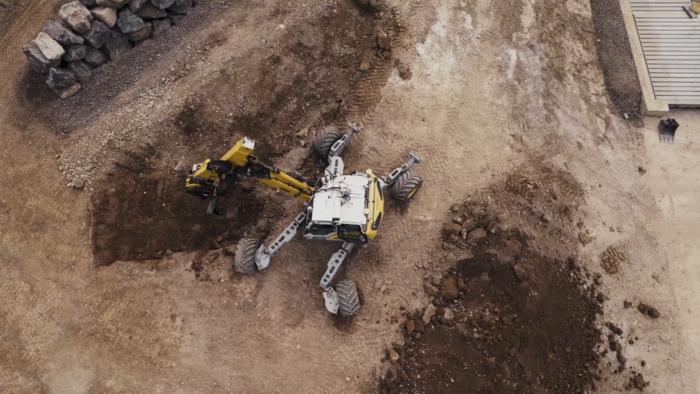
The demonstration wall
In a fascinating demonstration, the team of researchers used the autonomous excavator, named HEAP, to construct a dry-stone wall that is six metres high and sixty-five metres long. The wall is part of a landscape and park project that was digitally designed and excavated by the same robot.
The excavator is equipped with sensors that allow it to autonomously map the construction site and pick the best stones. The excavator then places the stones in the desired location, creating a stable and most importantly, an aesthetically-pleasing wall. This wall looks hot!
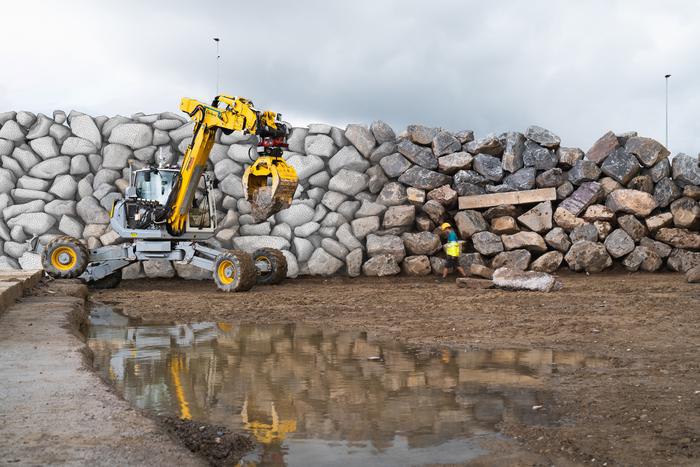
The researchers claim that this is the first time that a robot has been used to build a dry-stone wall of this scale and complexity.
So as for my wall, would I let a robot build it? Absolutely. Do I trust it? Absolutely. Come on over, HEAPS. Show me what you got.





